
Start with What You Have
Living sustainably doesn’t have to mean starting from scratch. In fact, some of the most impactful changes begin with what you already have. From small swaps to smarter habits, a greener home is more within reach than you think.
Whether you’re on a tight budget or just getting started, these easy, affordable upgrades make eco-friendly living feel doable, and even enjoyable. Swipe through for smart, budget-friendly ways to make your home more sustainable with one doable step at a time.
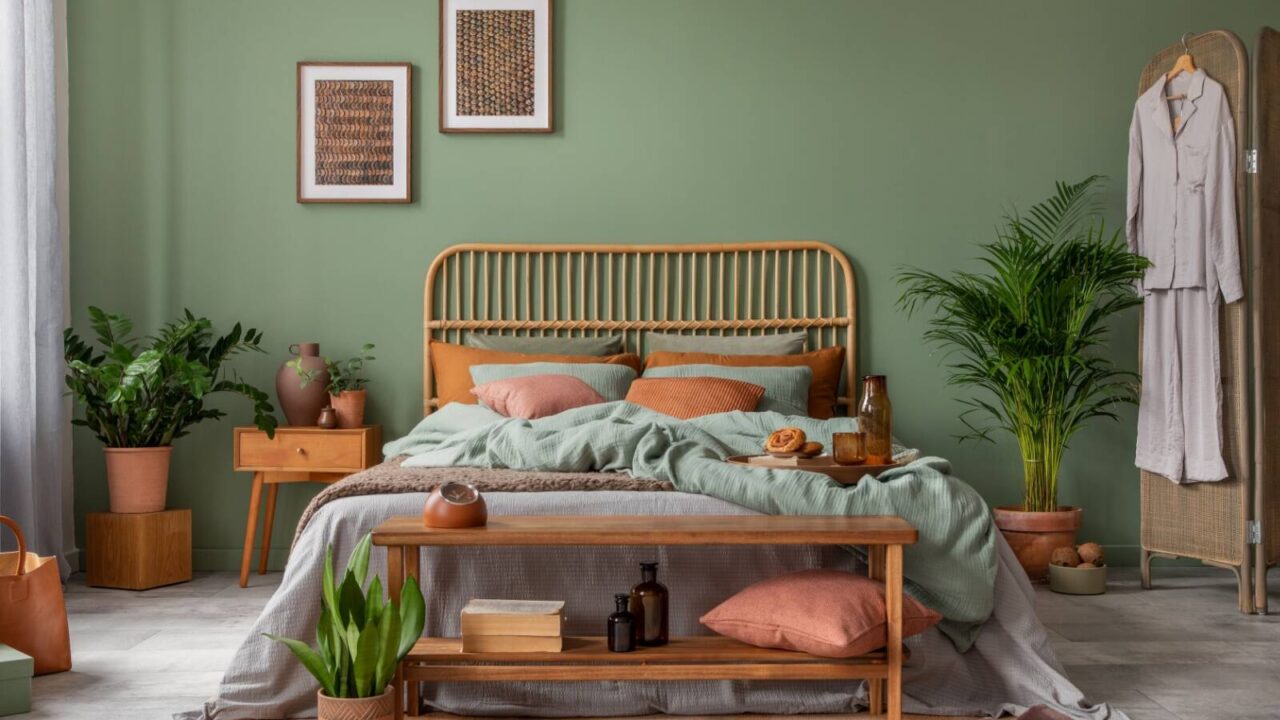
Choose Budget-Friendly Sustainable Materials
You don’t have to choose high-end green materials to be eco-conscious. Look for recycled, reclaimed, or locally sourced products. Bamboo, cork, and responsibly harvested wood are good options.
Check out resale stores or architectural salvage centers for affordable finds. These materials often cost less than brand-new alternatives and can give your home a unique, sustainable style.
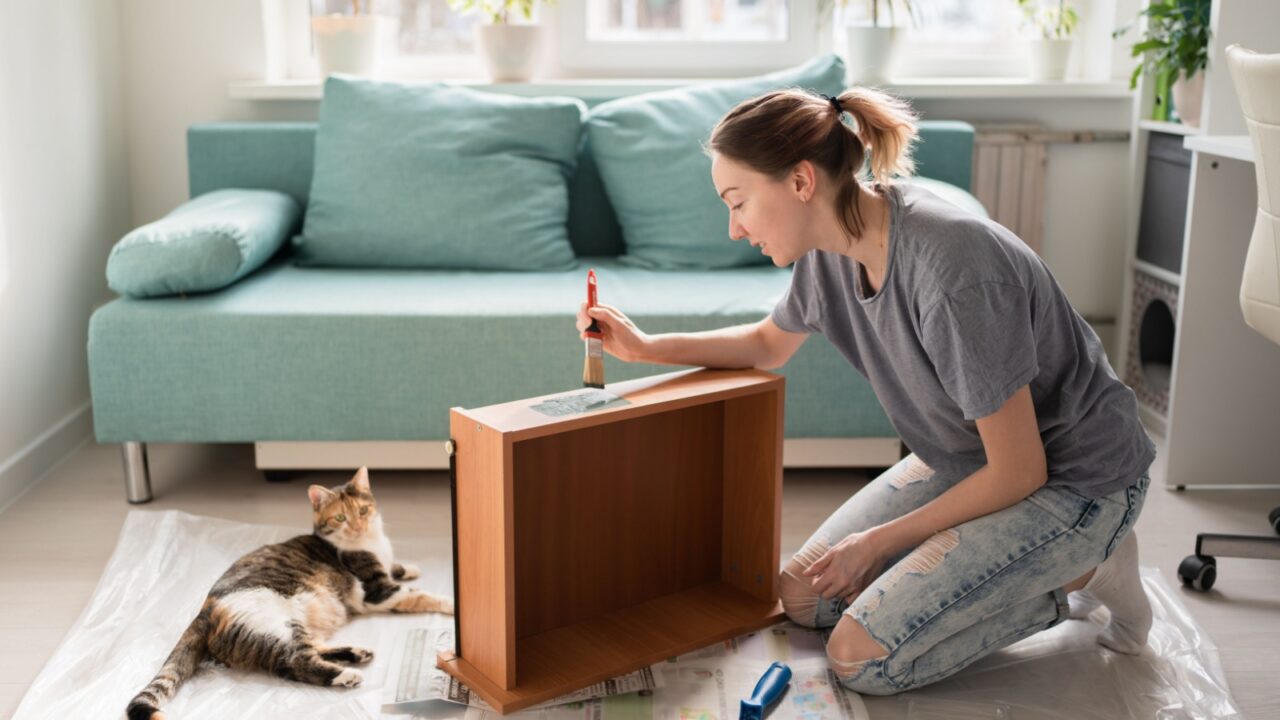
Take On Simple DIY Projects
Rolling up your sleeves can save serious cash when it comes to sustainable upgrades. Painting furniture, installing peel-and-stick backsplash, or even setting up a compost bin are all doable with basic tools. Just be honest with yourself, some things (like rewiring) are better left to the pros.
Choose a few manageable DIY projects and learn as you go. Not only will you keep costs down, but you’ll also end up with a home that truly reflects your personality and values.

Go Solar (Even Just a Bit)
You don’t need to go fully off-grid to benefit from solar energy. Even a partial setup, like a few panels for outdoor lighting, heating water, or powering appliances, can cut your utility bills and carbon emissions.
Start with a solar water heater or install solar-powered attic fans. Look for incentives like federal tax credits or local rebates to reduce initial costs. Solar setups are more accessible and modular than ever, meaning you can scale up over time as budget allows.
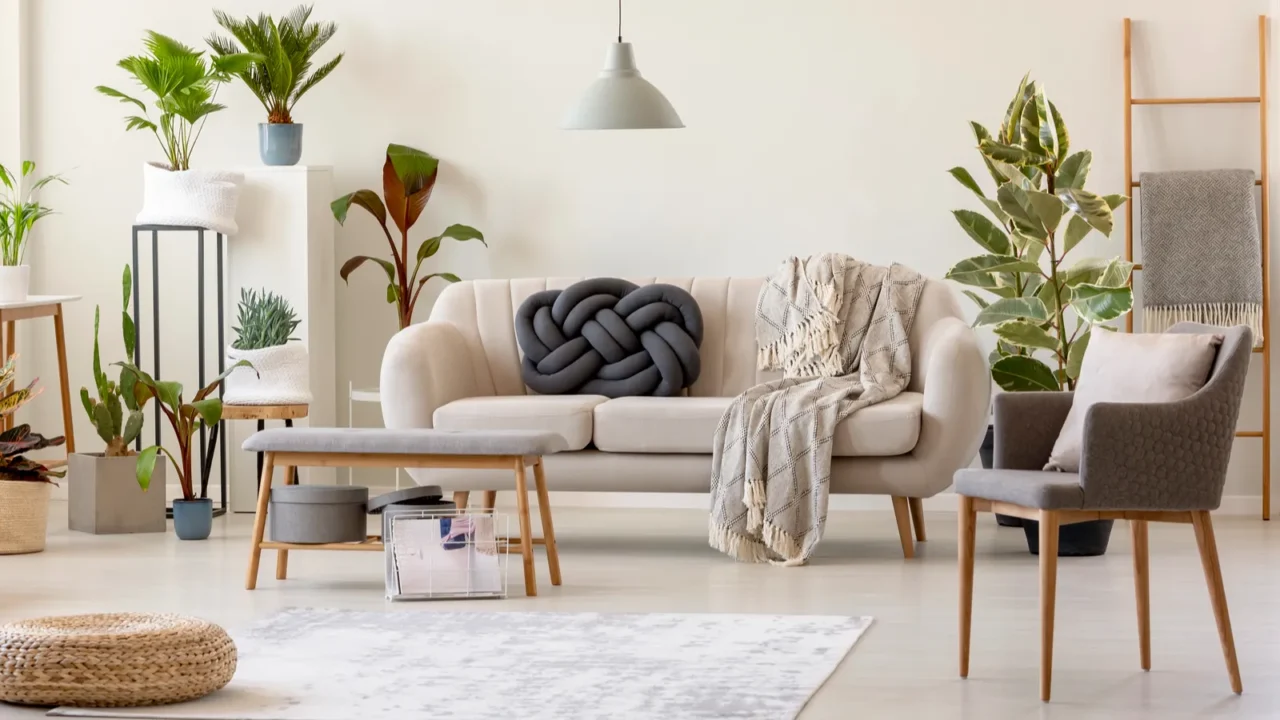
Focus on Long-Lasting Design
It’s tempting to follow every home trend that pops up on social media, but many of them don’t age well or hold up. Building sustainably means choosing things that last, even if they’re not the flashiest. Go for classic designs, quality fixtures, and things you won’t feel like replacing in two years.
This mindset saves you money long-term and keeps extra waste out of landfills. Your home should reflect your lifestyle, not the latest viral video.
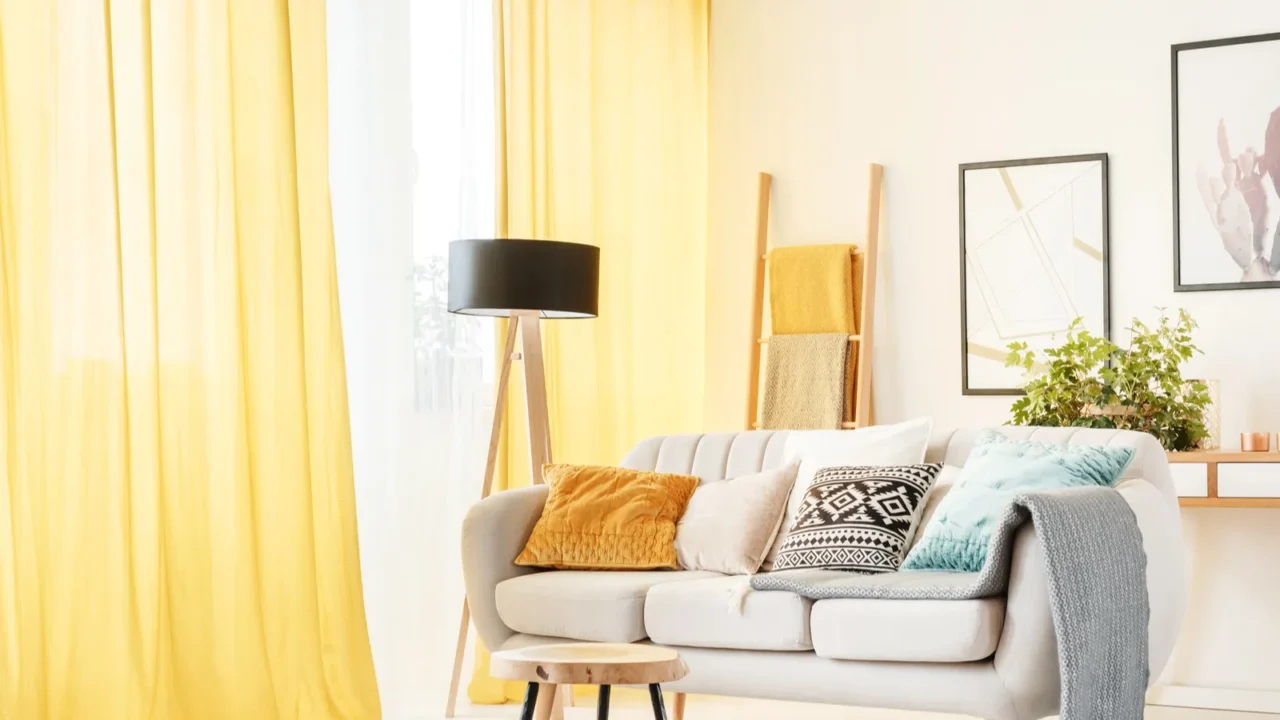
Embrace Passive Design
This sounds fancy, but it’s really about working with your space, not against it. Open those south-facing blinds in the winter to let in sunlight. Use light-colored curtains to bounce light around instead of adding more lamps.
Place mirrors to reflect natural light into darker corners. If you’re building or renovating, think about window placement and airflow before reaching for a thermostat. These passive design tricks are free (or super low-cost) and can help you use less energy without sacrificing comfort.
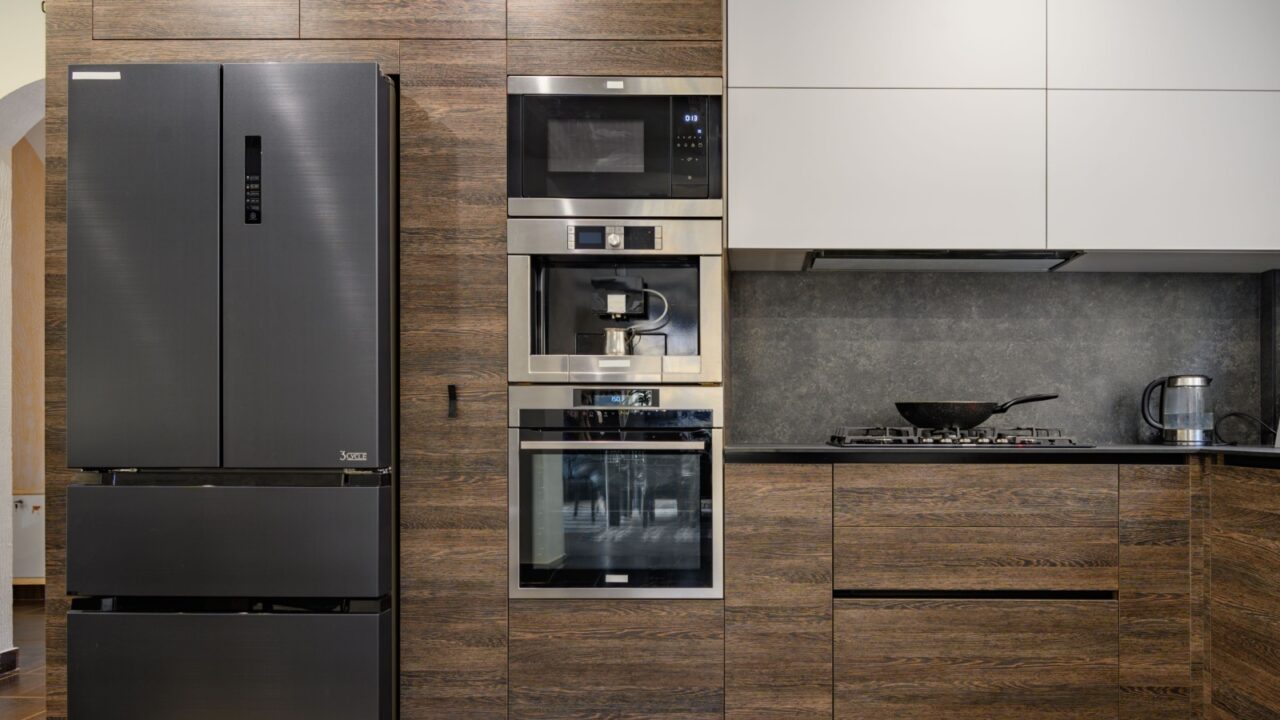
Upgrade Appliances Gradually
Replacing all your appliances at once isn’t necessary. Start with the ones that use the most energy, like refrigerators or washing machines.
Look for Energy Star-rated models, which use less electricity and water. While energy-efficient appliances may cost more upfront, they reduce your utility bills and are better for the environment in the long run.
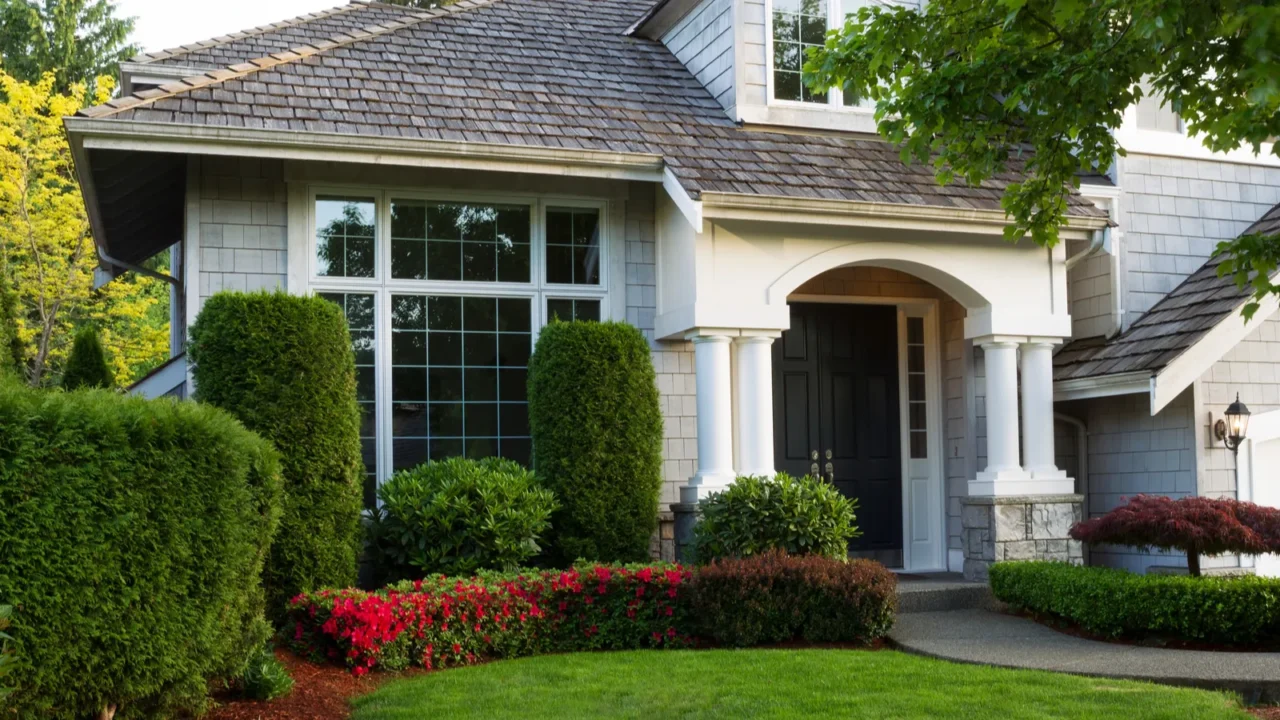
Use What Nature Gives You
Nature’s got your back when it comes to sustainability. Plant trees or shrubs strategically around your home for shade in summer and windbreaks in winter. Indoors, bring in houseplants that clean the air while adding cozy vibes.
Use natural daylight as your main lighting source during the day. It’s free, mood-boosting, and energy-efficient. These choices don’t cost much but make a huge difference in how your home feels and functions.
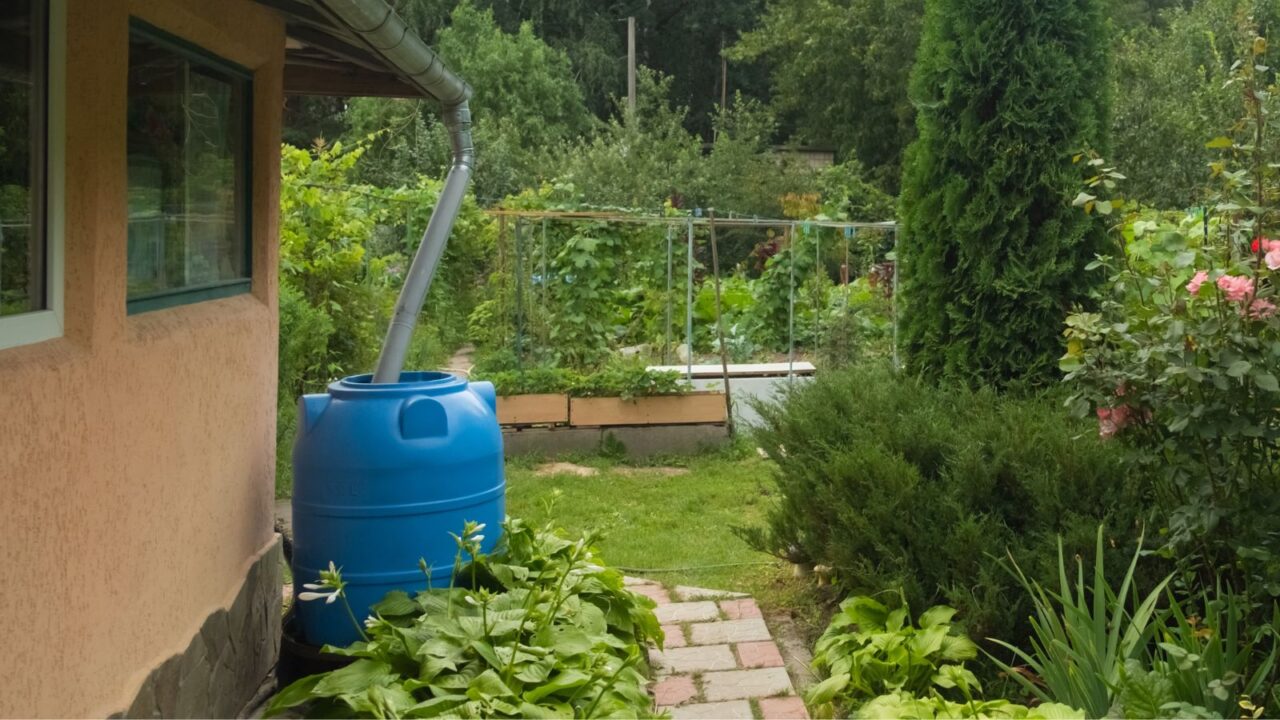
Reduce Water Usage with Simple Fixes
Saving water helps both your utility bill and the planet. Install low-flow showerheads and faucets, fix leaks quickly, and water your garden in the early morning.
You can also collect rainwater in a barrel to use on your plants. These changes are affordable and easy to implement, and they make a noticeable difference over time.

Shop Secondhand for Big Savings
You’d be surprised how many barely-used fixtures, doors, sinks, or even tiles are out there waiting for a second life. Habitat ReStores, Facebook Marketplace, and even local garage sales can be goldmines for budget-friendly, sustainable finds.
Not only do you save serious cash, but you also keep good items out of landfills. Bonus: you’re more likely to find something unique and full of character, way better than a cookie-cutter big-box option.
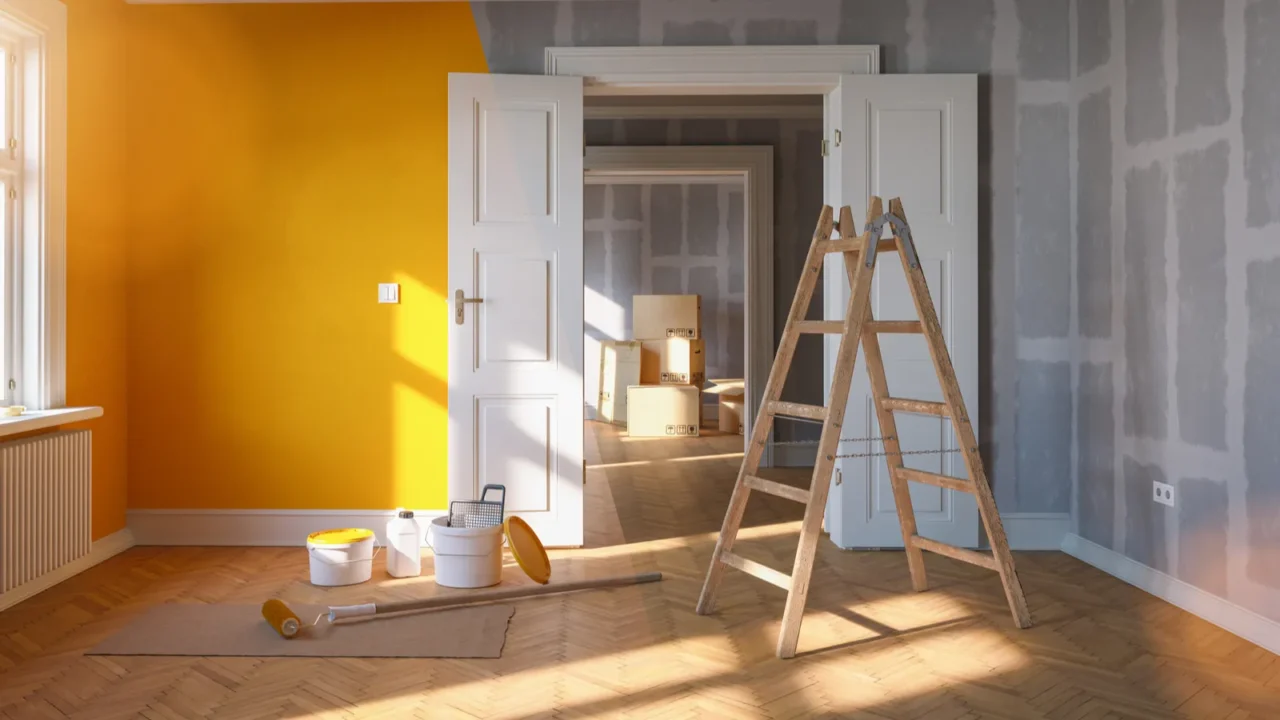
Choose Low-VOC Paint and Finishes
When updating your walls, furniture, or floors, opt for low-VOC (volatile organic compound) products. These materials release fewer chemicals, improving your indoor air quality.
They’re widely available at most home improvement stores and typically cost about the same as conventional options. Choosing healthier products benefits your family and your home environment.

Live Plastic-Free
Going green doesn’t have to mean a complete home makeover. One of the simplest places to start? Ditch the plastic. Trade in plastic blinds for breathable organic cotton curtains, swap single-use air filters with reusable ones, and switch out plastic storage for sleek glass containers.
Think of these changes as bite-sized improvements, each one brings you closer to a healthier, more mindful home without the overwhelm or sticker shock.
Learn the Power of a Good Seal
This one’s not glamorous, but sealing your home properly can save you hundreds every year. Caulk around windows, seal gaps around baseboards, and check doors for drafts. These fixes cost just a few dollars and an afternoon of your time, but they make your home more energy-efficient and comfortable.
If you’ve got old weather-stripping or drafty outlets, now’s the time to deal with them. It’s like putting a sweater on your house for winter.
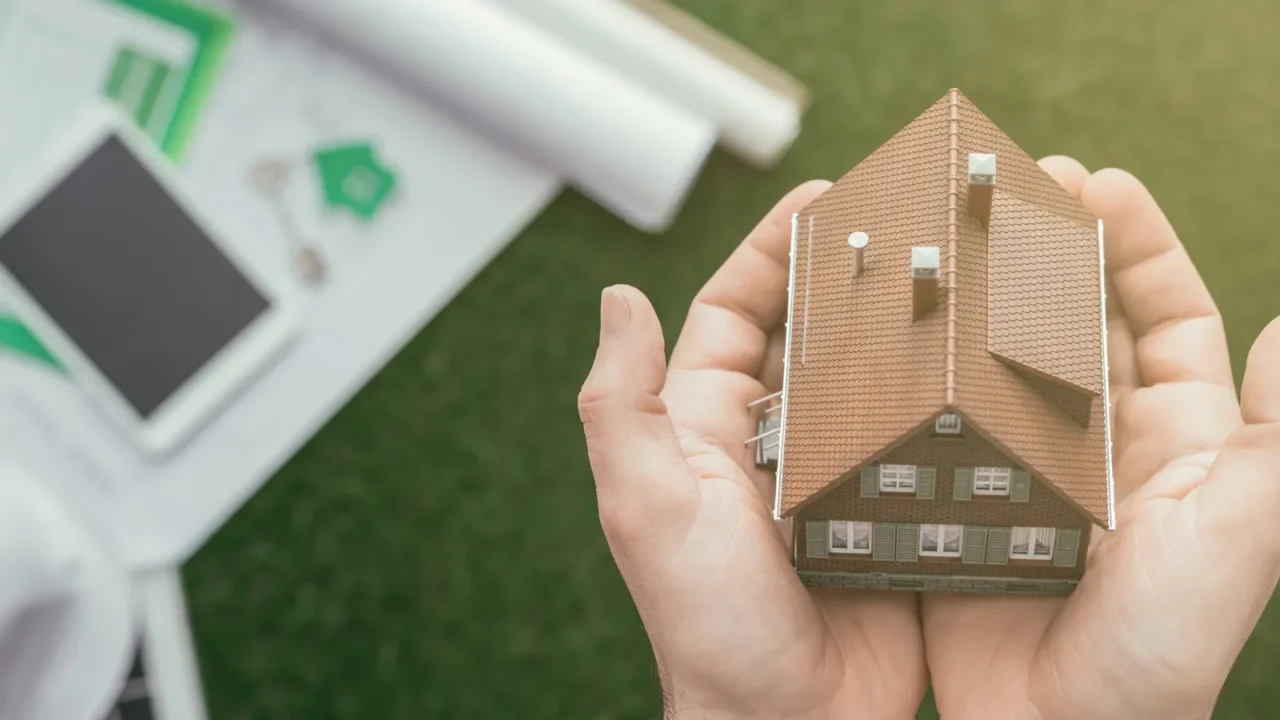
Make Informed Investments When Ready
If you can save up for a larger upgrade, focus on improvements that offer long-term savings. Solar panels, high-efficiency HVAC systems, or high-performance windows can reduce your utility costs significantly over time. Research available rebates or tax credits in your area to make these options more affordable.
Looking to take it a step further? Check out top sustainable brands for a greener home and discover products that match your values and your budget.
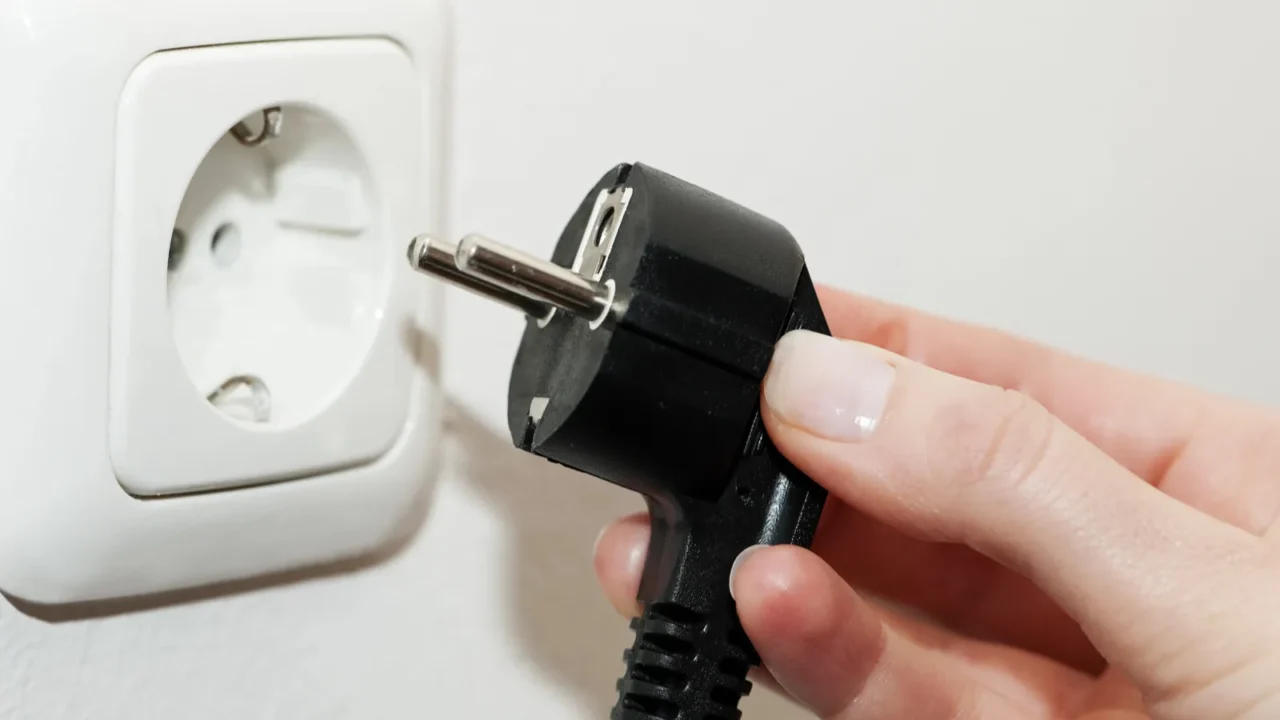
Build Sustainable Habits
Reducing your home’s environmental impact also comes down to daily routines. Turn off lights when you leave a room, unplug electronics when not in use, and use cold water for laundry when possible. These no-cost changes create long-lasting habits that support both your budget and your values.
Speaking of habits, small daily changes can make a big difference in other areas, too. If your home always feels cluttered, check out these 10-second habits for quick tips that actually stick.
Have your own budget-friendly, sustainable tips? Share them in the comments. I’d love to hear how you’re making your home greener.
Read More From This Brand:
- Eco Friendly Decor Trends That Are Totally On Point
- Sustainable Decor for a Green Holiday Season
- How to Redecorate Your Home on Budget
Don’t forget to follow us for more exclusive content right here on MSN.
This slideshow was made with AI assistance and human editing.